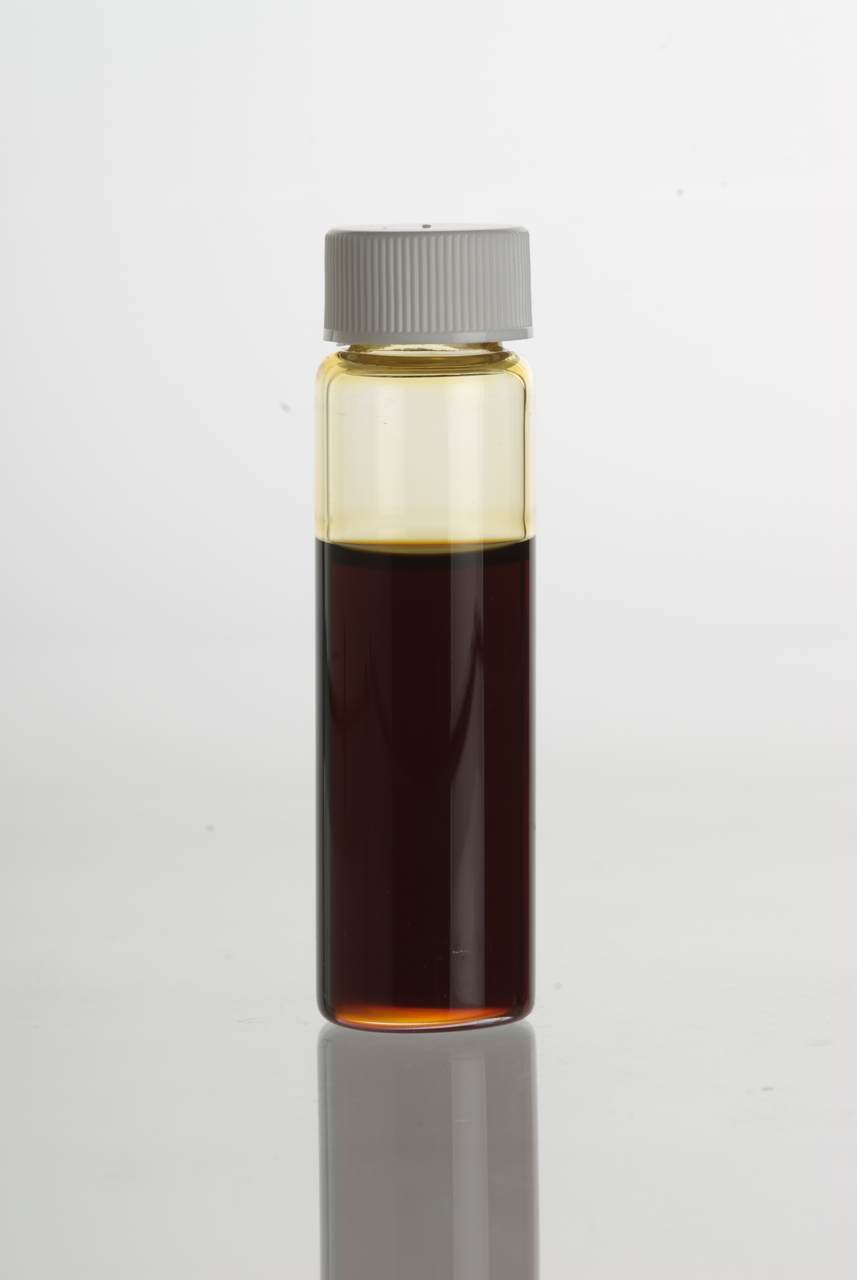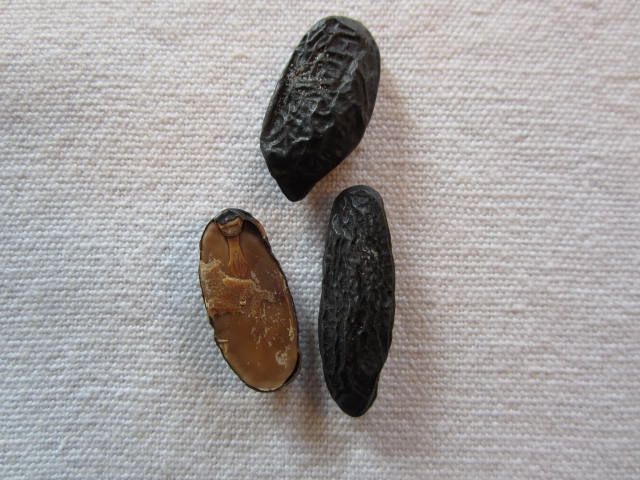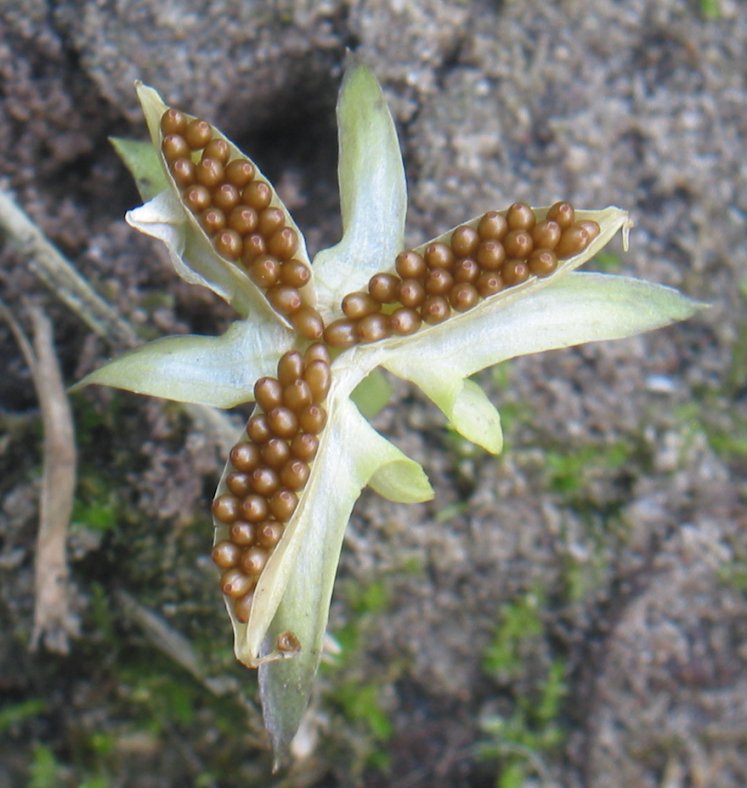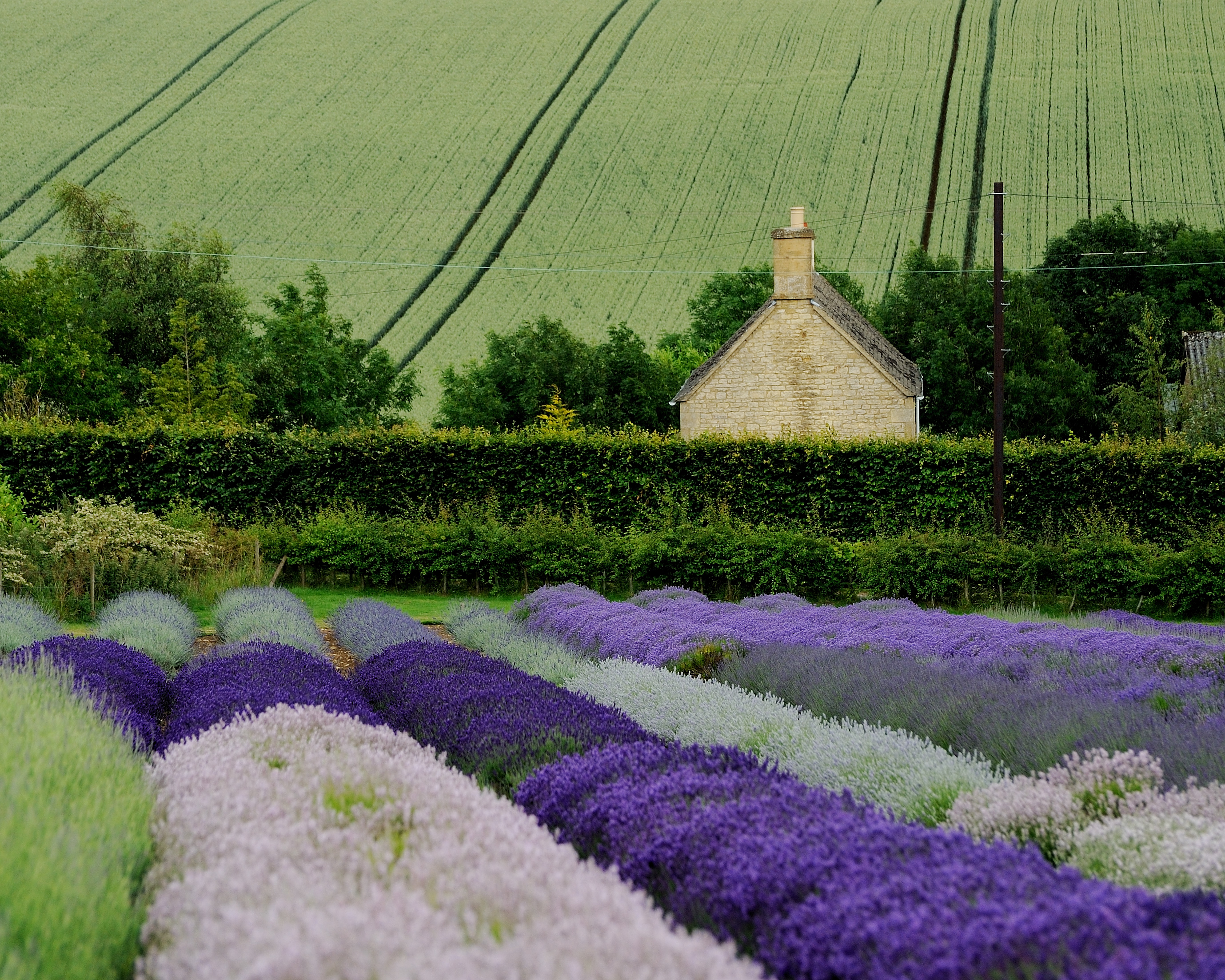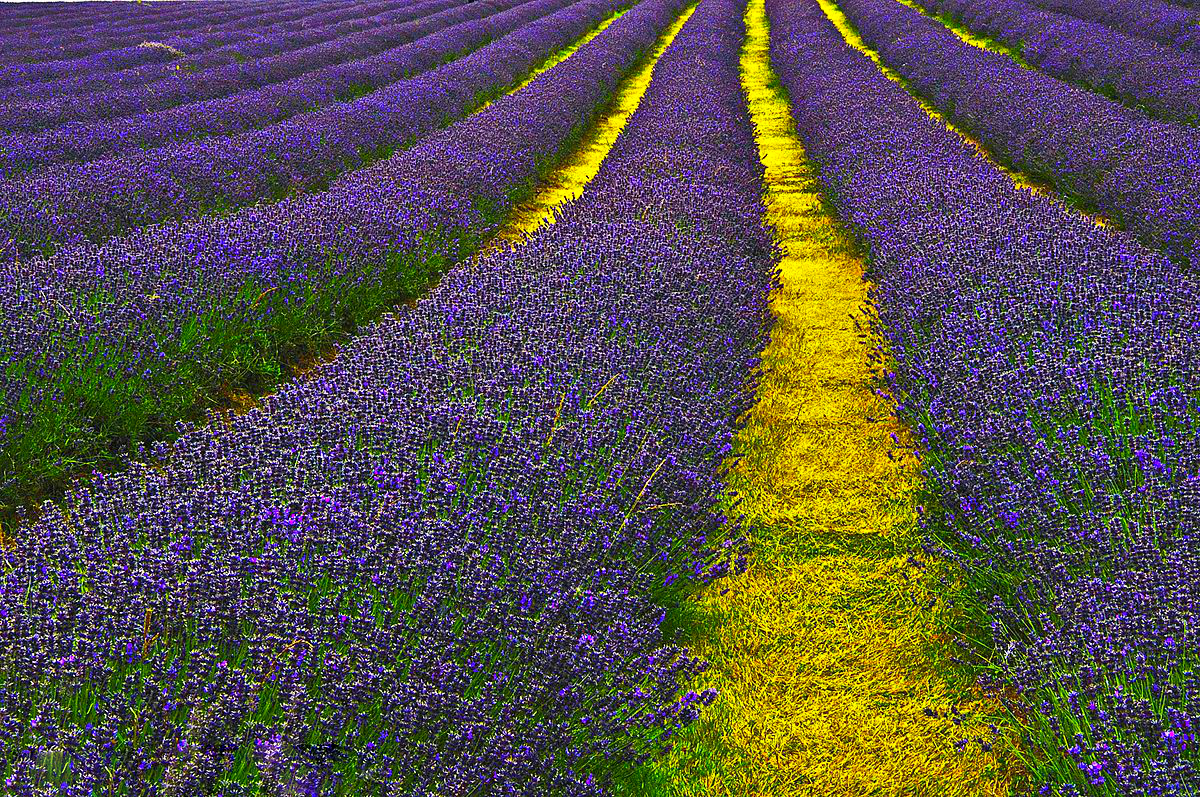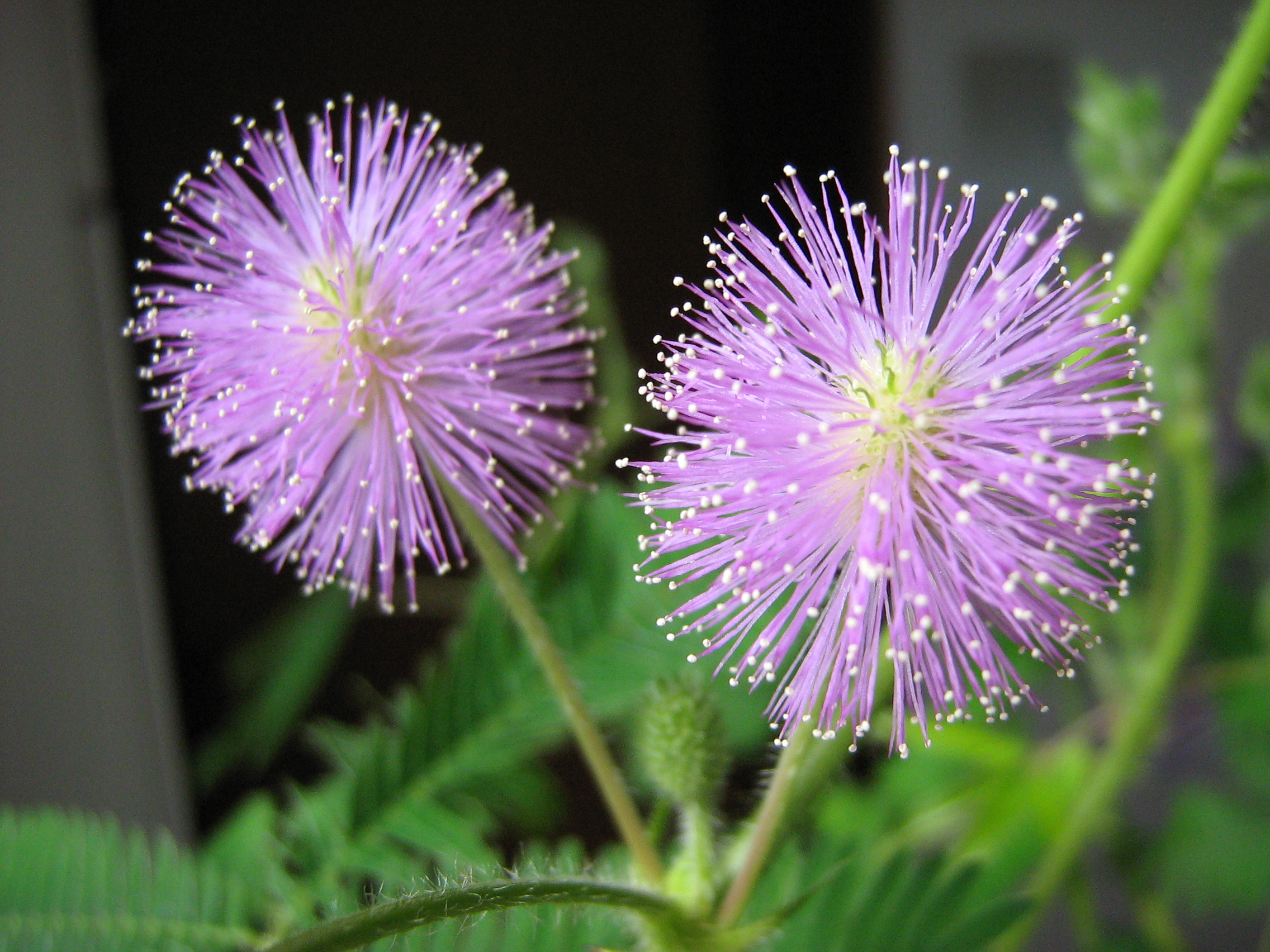|
Absolute (perfumery)
Used in perfumery and aromatherapy, absolutes are similar to essential oils. They are concentrated, highly aromatic, oily mixtures extracted from plants. Whereas essential oils are produced by distillation, boiling, or pressing, absolutes are produced through solvent extraction, or more traditionally, through enfleurage. Production First, plant material is extracted with a hydrocarbon solvent, such as hexane, to yield concrete. The concrete is then extracted with ethanol. The ethanol extract is cooled (e.g., to −15 °C) to solidify waxes, and cold filtered to yield a liquid extract. When the ethanol evaporates, an oil—the absolute—is left behind. Traditionally, the absolute was obtained by enfleurage, where the resulting pomade was extracted with ethanol to yield the absolute. Character and use Some raw materials are either too delicate or too inert to be steam-distilled and can only yield their aroma through solvent extraction. Examples of these are jasmine ... [...More Info...] [...Related Items...] OR: [Wikipedia] [Google] [Baidu] |
Rose
A rose is either a woody perennial plant, perennial flowering plant of the genus ''Rosa'' (), in the family Rosaceae (), or the flower it bears. There are over three hundred Rose species, species and Garden roses, tens of thousands of cultivars. They form a group of plants that can be erect shrubs, climbing, or trailing, with stems that are often armed with sharp Thorns, spines, and prickles, prickles. Their flowers vary in size and shape and are usually large and showy, in colours ranging from white through pinks, reds, oranges and yellows. Most species are native to Asia, with smaller numbers native to Europe, North America, and Northwest Africa. Species, cultivars and hybrid (biology), hybrids are all widely grown for their beauty and often are fragrant. Roses have acquired cultural significance in many societies. Rose plants range in size from compact, miniature roses to climbers that can reach seven meters in height. Different species hybridize easily, and this has been use ... [...More Info...] [...Related Items...] OR: [Wikipedia] [Google] [Baidu] |
Rose Oil
Rose oil (rose otto, attar of rose, attar of roses, or rose essence) is an essential oil that is extracted from the petals of various types of rose. ''Rose ottos'' are extracted through steam distillation, while ''rose absolutes'' are obtained through solvent extraction, the absolute being used more commonly in perfumery. The production technique originated in Greater Iran. Even with their high price and the advent of organic synthesis, rose oils are still perhaps the most widely used essential oil in perfumery. ''R. damascena'' and ''R. centifolia'' Two major species of rose are cultivated for the production of rose oil: * '' Rosa damascena'' production today is dominated by 3 producers account for over 70% of the Rose oil market share: ** Bulgaria, sold as "Bulgarian Rose" ** Turkey, sold as "Turkish Rose" ** Saudi Arabia, sold as "Taif Rose" ** It is also grown on a smaller scale in Afghanistan, Armenia, Azerbaijan, Bosnia, Croatia, Cyprus, Ethiopia, Georgia, Greece, Jorda ... [...More Info...] [...Related Items...] OR: [Wikipedia] [Google] [Baidu] |
Tonka Bean
''Dipteryx odorata'' (commonly known as "cumaru", "kumaru", or "Brazilian teak") is a species of flowering tree in the pea family, Fabaceae. The tree is native to Northern South America and is semi-deciduous. Its seeds are known as tonka beans, but sometimes spelled tonkin beans or tonquin beans (not related to Tonkin). The seeds are black and wrinkled and have a smooth, brown interior. They have a strong fragrance similar to sweet woodruff due to their high content of coumarin. The word ''tonka'' is taken from the Galibi (Carib) tongue spoken by natives of French Guiana; it also appears in Tupi, another language of the same region, as the name of the tree. The old genus name, ''Coumarouna'', was formed from another Tupi name for the tree, ''kumarú''. Many anticoagulant prescription drugs, such as warfarin, are based on 4-hydroxycoumarin, a chemical derivative of coumarin initially isolated from this bean. Coumarin itself, however, does not have anticoagulant properties ... [...More Info...] [...Related Items...] OR: [Wikipedia] [Google] [Baidu] |
Oakmoss
''Oakmoss'' (scientific name ''Evernia prunastri'') is a species of lichen A lichen ( , ) is a hybrid colony (biology), colony of algae or cyanobacteria living symbiotically among hypha, filaments of multiple fungus species, along with yeasts and bacteria embedded in the cortex or "skin", in a mutualism (biology), m .... It can be found in many mountainous temperate forests throughout the Northern Hemisphere. Oakmoss grows primarily on the trunk and branches of oak trees, but is also commonly found on the bark of other deciduous trees and conifers such as fir and pine. The thallus (tissue), thalli of oakmoss are short (3–4 cm in length) and bushy, and grow together on bark to form large clumps. Oakmoss thallus is flat and strap-like. They are also highly branched, resembling the form of antlers. The colour of oakmoss ranges from green to a greenish-white when dry, and dark olive-green to yellow-green when wet. The texture of the thalli is rough when dry and rubbery wh ... [...More Info...] [...Related Items...] OR: [Wikipedia] [Google] [Baidu] |
Violet (flower)
''Viola'', commonly known as the violets, is a genus of flowering plants in the family Violaceae. It is the largest genus in the family, containing over 680 species. Most species are found in the temperate Northern Hemisphere; however, some are also found in widely divergent areas such as Hawaii, Australasia, and the Andes. Some ''Viola'' species are perennial plants, some are annual plants, and a few are small shrubs. Many species, varieties and cultivars are grown in gardens for their ornamental flowers. In horticulture, the term pansy is normally used for those multi-colored large-flowered cultivars which are raised annually or biennially from seed and used extensively in bedding. Description ''Viola'' species can be annual or perennial, and can take the form of herbs, shrubs or very rarely treelets. In acaulescent taxa the foliage and flowers appear to rise from the ground. The remainder have short stems with foliage and flowers produced in the axils of the leaves (ax ... [...More Info...] [...Related Items...] OR: [Wikipedia] [Google] [Baidu] |
Clary Sage
''Salvia sclarea'', the clary or clary sage (clary deriving from Middle English ''clarie'', from Anglo-Norman ''sclaree'', from Late or Medieval Latin '' sclarēia'' meaning ''clear''), is a biennial (short-lived) herbaceous perennial in the genus ''Salvia''. It is native to the northern Mediterranean Basin and to some areas in north Africa and Central Asia. The plant has long been cultivated as an herb and is currently grown for its essential oil. Description ''Salvia sclarea'' reaches in height, with thick, square stems covered in hairs. The leaves are approximately long at the base, and long higher up on the plant. The upper leaf surface is rugose, and covered with glandular hairs. The flowers are in verticils, with between two and six flowers in each verticil, and are held in large colorful bracts that range in color from pale mauve to lilac or white-to-pink with a pink mark on the edge. The lilac or pale-blue corolla is approximately , with the lips held wide open. The ... [...More Info...] [...Related Items...] OR: [Wikipedia] [Google] [Baidu] |
Geranium
''Geranium'' is a genus of 422 species of annual, biennial, and perennial plants that are commonly known as geraniums or cranesbills. They are found throughout the temperate regions of the world and the mountains of the tropics, with the greatest diversity in the eastern part of the Mediterranean region. The palmately cleft leaves are broadly circular in form. The flowers have five petals and are coloured white, pink, purple, or blue, often with distinctive veining. Geraniums will grow in any soil as long as it is not waterlogged. Propagation is by semiripe cuttings in summer, by seed, or by division in autumn or spring. Geraniums are eaten by the larvae of some Lepidoptera species including brown-tail, ghost moth, and mouse moth. At least several species of ''Geranium'' are gynodioecious. The species '' Geranium viscosissimum'' (sticky geranium) is considered to be protocarnivorous. Name The genus name is derived from Ancient Greek (''géranos'') ' crane'. The Engl ... [...More Info...] [...Related Items...] OR: [Wikipedia] [Google] [Baidu] |
Lavandin
''Lavandula'' (common name lavender) is a genus of 47 known species of perennial flowering plants in the sage family, Lamiaceae. It is native to the Old World, primarily found across the drier, warmer regions of the Mediterranean, with an affinity for maritime breezes. Lavender is found on the Iberian Peninsula and around the entirety of the Mediterranean coastline (including the Adriatic coast, the Balkans, the Levant, and coastal North Africa), in parts of Eastern and Southern Africa and the Middle East, as well as in South Asia and on the Indian subcontinent. Many members of the genus are cultivated extensively in temperate climates as ornamental plants for garden and landscape use, for use as culinary herbs, and also commercially for the extraction of essential oils. Lavender is used in traditional medicine and as an ingredient in cosmetics. Description The genus includes annual or short-lived herbaceous perennial plants, and shrub-like perennials, subshrubs or small sh ... [...More Info...] [...Related Items...] OR: [Wikipedia] [Google] [Baidu] |
Lavender
''Lavandula'' (common name lavender) is a genus of 47 known species of perennial flowering plants in the sage family, Lamiaceae. It is native plant, native to the Old World, primarily found across the drier, warmer regions of the Mediterranean Sea, Mediterranean, with an affinity for maritime breezes. Lavender is found on the Iberian Peninsula and around the entirety of the Mediterranean Sea, Mediterranean coastline (including the Adriatic Sea, Adriatic coast, the Balkans, the Levant, and coastal North Africa), in parts of East Africa, Eastern and Southern Africa and the Middle East, as well as in South Asia and on the Indian subcontinent. Many members of the genus are cultivated extensively in temperate climates as ornamental plants for garden and landscape use, for use as culinary herbs, and also commercially for the extraction of essential oils. Lavender is used in traditional medicine and as an ingredient in cosmetics. Description The genus includes annual or short-lived ... [...More Info...] [...Related Items...] OR: [Wikipedia] [Google] [Baidu] |
Boronia
''Boronia'' is a genus of about 160 species of flowering plants in the citrus family Rutaceae. Most are endemic to Australia with a few species in New Caledonia, which were previously placed in the genus ''Boronella''. They occur in all Australian states but the genus is under review and a number of species are yet to be described or have the description published. Boronias are similar to familiar plants in the genera '' Zieria'', '' Eriostemon'' and '' Correa'' but can be distinguished from them by the number of petals or stamens. Some species have a distinctive fragrance and are popular garden plants. Description Plants in the genus ''Boronia'' are nearly always shrubs although a very small number occur as herbs or as small trees. The leaves are usually arranged in opposite pairs and may be simple leaves or compound leaves with up to nineteen or more leaflets, in either a pinnate or bipinnate arrangement. The flowers are arranged in groups in the leaf axils or on the end ... [...More Info...] [...Related Items...] OR: [Wikipedia] [Google] [Baidu] |
Mimosa
''Mimosa'' is a genus of about 600 species of herbs and shrubs, in the mimosoid clade of the legume family Fabaceae. Species are native to the Americas, from North Dakota to northern Argentina, and to eastern Africa (Tanzania, Mozambique, and Madagascar) as well as the Indian subcontinent and Indochina. The generic name is derived from the Greek word (''mimos''), 'actor' or 'mime', and the feminine suffix -''osa'', 'resembling', suggesting its 'sensitive leaves' which seem to 'mimic conscious life'. Two species in the genus are especially notable. One is '' Mimosa pudica'', commonly known as touch-me-not, which folds its leaves when touched or exposed to heat. It is native to southern Central and South America but is widely cultivated elsewhere for its curiosity value, both as a houseplant in temperate areas, and outdoors in the tropics. Outdoor cultivation has led to weedy invasion in some areas, notably Hawaii. The other is '' Mimosa tenuiflora'', which is best known for i ... [...More Info...] [...Related Items...] OR: [Wikipedia] [Google] [Baidu] |
